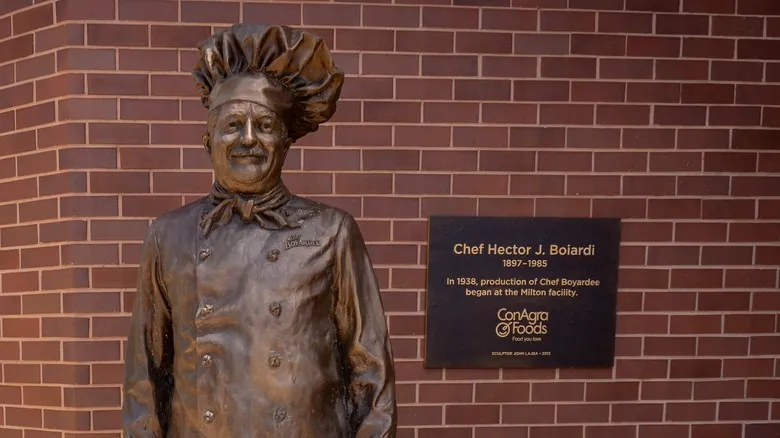Feeding the troops
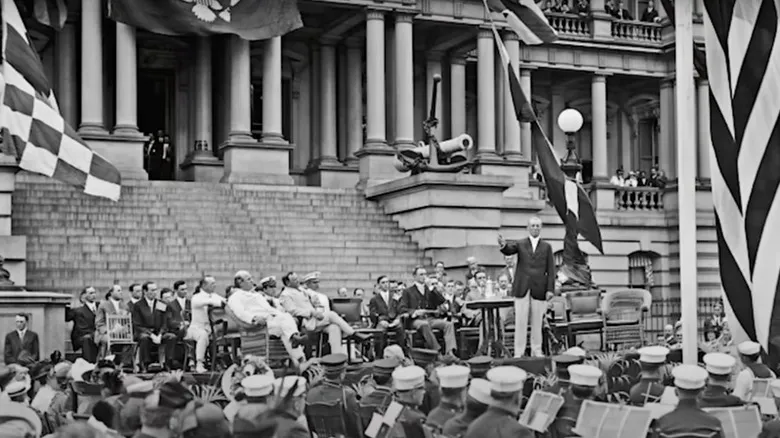
Chef Boiardi's authentic Italian cuisine appears to have ignited a culinary romance between the president and the young chef. When it was time to select someone to prepare a memorable homecoming feast for 2,000 soldiers returning to American soil after World War I, it was Hector Boiardi whom the president chose to cater the prestigious event, as reported by Utah Public Radio. However, Hector's involvement in political and military culinary endeavors went far beyond serving 2,000 men for a single afternoon. In 1942, many years after catering for the president and the troops, Chef Boiardi struck a deal with the U.S. government to produce canned food for soldiers fighting overseas during World War II. By that time, a Chef Boyardee factory was operating in Milton, Pennsylvania, running around the clock during the latter part of the war.
His wartime food production efforts revolutionized the canned food industry. It wasn't just the renowned chef who demonstrated a sense of patriotism during that time; his employees were equally dedicated and often participated in local parades to boost morale during the war years. By the end of the conflict, Hector Boiardi was honored with the civilian award, the Gold Star, in recognition of the contributions he and his company made to support the troops. The organizational skills and practical expertise he gained from working with such high-profile clients over the years undoubtedly equipped him to handle the opportunities and challenges presented by the war.
Becoming a household name
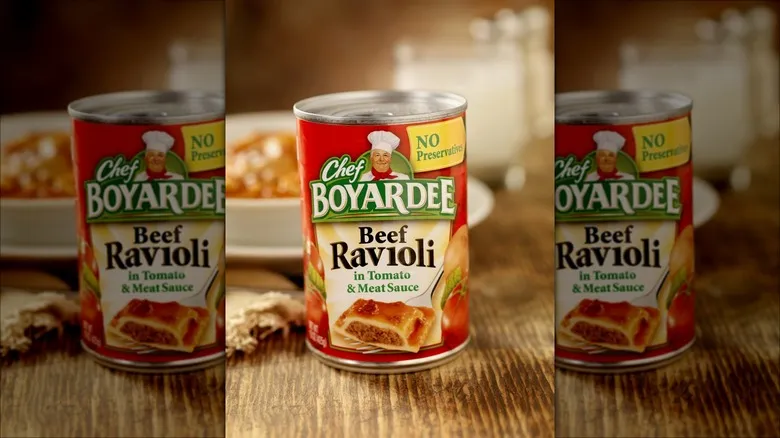
Although Hector Boiardi had a successful culinary career on the East Coast, he chose to relocate to Cleveland, Ohio, in the Midwest to establish his own restaurant. At the time he moved to the port city at just 22 years old, Italian cuisine was relatively rare. He played a pivotal role in popularizing it. His achievements elevated Chef Boiardi to the status of a culinary icon of his time. This likely bolstered his reputation when he launched his Italian restaurant, Giardino d'Italia, or the Garden of Italy, in 1926. His Northern Italian dishes quickly gained a following in the city, particularly his signature sauce for spaghetti and meatballs.
Eventually, the chef began offering milk bottles filled with his red pasta sauce as part of take-home meal kits for his restaurant patrons. By 1928, this talented chef had ventured into the food business in rural Pennsylvania. With the support of some of his restaurant customers who were involved in the grocery industry, he founded what would eventually become the Chef Boyardee company. He opted for a phonetic spelling of his name, believing the original version might be too complicated — pun intended — for those unfamiliar with it. The company went on to produce a variety of products, from canned ravioli to beefaroni, beloved nostalgic treats that continue to delight children and the young at heart today.
Recommended

What Is Canned Brown Bread And How Do You Eat It?
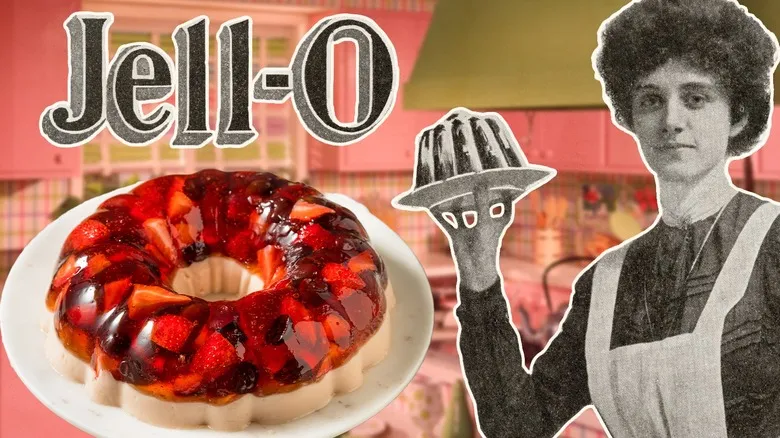
Jell-O Salads Once Represented Wealth And Status

Before Store-Bought Milk Was A Thing, There Was The Milkman
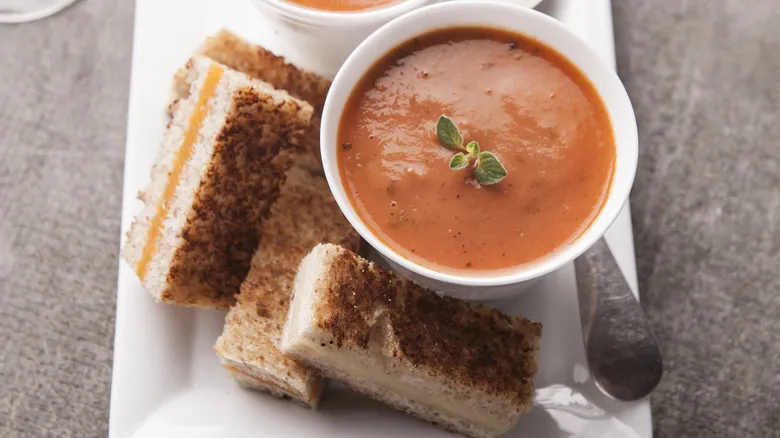
The History Behind Why We Eat Grilled Cheese With Tomato Soup
Next up

